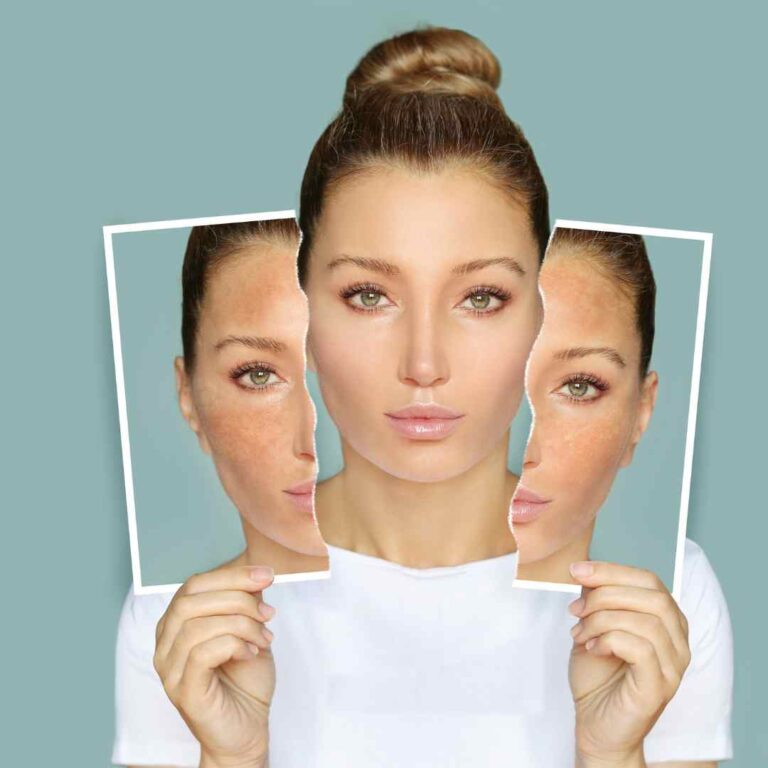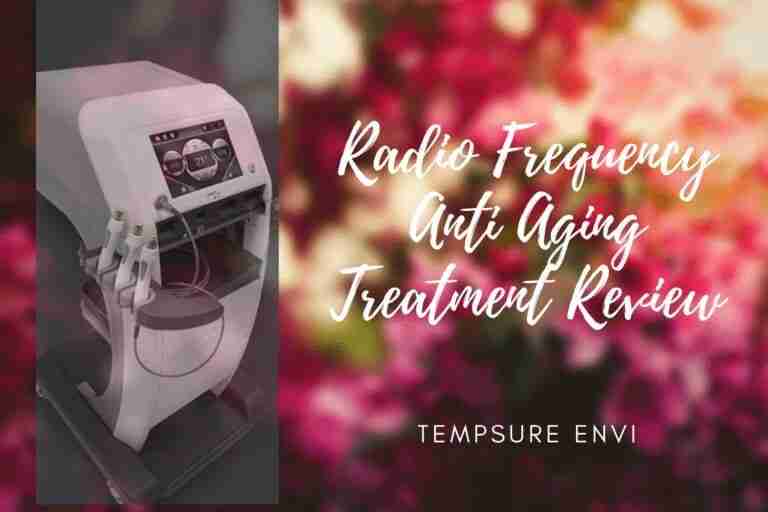How To Sync Your Skincare Routine To Your Period Cycle
In this article, we’ll talk about how your period cycle affects your skin’s needs, and how you can match your skincare routine with your menstrual cycle.
All about period skincare
Period skincare, also called hormonal cycle-based skincare, is part of the rise of specialized skincare for women with varying needs. There are specialized skincare products for women who have undergone menopause, and women who live in pollutant-ridden cities, i.e., urban skincare. But is there scientific evidence behind the period-based skincare trend?
How does your cycle affect your skin?
Your hormones ebb and flow during your menstrual cycle, and this affects your skin’s health. A simple illustration of this fact is the appearance of pimples around your chin, hairline, or jawline at the same time every month —usually right before your period starts, or in the middle of ovulation. For some, period acne may consist of one stubborn pimple, while others might deal with a couple of them. Still, others don’t get hormonal acne at all.
What’s the science behind hormonal acne? In the premenstrual phase, your estrogen levels decrease while progesterone and testosterone levels increase. Similarly, your estrogen levels drop after the release of an egg in the middle of ovulation.
Progesterone and testosterone trigger your oil glands and cause pimples. Usually, the same oil glands are triggered every month, which is why your period pimples appear in the exact spot as the month before.
Skin dryness and sensitivity can also occur during certain points of your period, also because of low estrogen. That’s because estrogen hydrates the skin and stimulates collagen production.
So, how do you get your glow back? Skincare experts and enthusiasts recommend working with your cycle and not fighting against it. Skincare routines are just as important as brushing your teeth and keeping them clean and white.

How To Sync Your Skincare With Your Cycle In 3 Steps:
-
Be familiar with your cycle
To start, let’s review the phases of your menstrual cycle and your skin’s specific needs for each phase.
- Follicular phase (7-10 days)
The follicular phase happens after your period. In this phase, your skin is at its best because of increased estrogen levels. Enhance your skin by exfoliating every other day. You may also use a brightening mask.
- Ovulatory phase (3-4 days)
This is the time when your ovaries release an egg into your uterus. Your estrogen remains elevated and your body produces luteinizing hormone, which can lead to oily skin and acne. Keep your makeup, cleanser, and moisturizer light. Remove your makeup gently yet thoroughly to avoid clogged pores.
- Luteal phase (10-14 days)
There are two sub-phases in the luteal phase. In the first sub-phase, your progesterone levels spike. If you aren’t pregnant, the second phase brings on dramatic hormonal changes to signal your period. Spots, oiliness, or dryness begin.
Staying hydrated is key to PMS skincare. Increasing your water intake and adding antioxidant-rich food to your diet are also essential. Switching to a cleanser with salicylic acid is recommended for managing skin problems before your period. Don’t forget to use the right moisturizer for you to rehydrate your skin after you cleanse it.
- Menstrual phase (3-7 days)
The arrival of your period brings down progesterone and estrogen levels. Your skin will continue to be sensitive and period acne will continue popping up. A salicylic acid cleanser and anti-inflammatory mask can help improve your skin’s appearance.
2. Track your period
Being familiar with your phases is not enough. Tracking your cycle through an app is a good way to accurately predict when your skin will be needing extra care. The more data you input in your period tracker, the more accurate its predictions will be.
So, make it a habit to log your period and symptoms. Plus, tracking your cycle can help you with other aspects of your life, such as scheduling your activities.
Did you know that your menstrual cycle is a barometer of your health?
3. Mind your diet, exercise, and stress
Speaking of activities, staying active will help you deal with your period better. In particular, regular exercises results in a brighter post-period glow and lighter cramps. Sweat pushes dirt out of your pores, but remember to wash your face after your workout.
If moving around during your period is uncomfortable, you can try wearing period underwear tp substitute or supplement your current period product.
In whatever phase of your cycle, eating food rich in vitamin E, omega-3 fatty acids, and antioxidants will help your skin become healthier. Plus, drinking lots of water is super helpful for hydrating your skin from the inside.
Last but not least, managing your stress is also crucial to keeping your skin beautiful because stress hormones can cause oiliness and skin sensitivity. So, make sure you’re getting enough sleep and relaxation, too.
If you are easing into menopause, you may want to learn more about hormone replacement options. Read more here. There are 9 suprising menopause facts and good news- read more here.
For practical tips to deal with PMS naturally, see this article .












